Leaf Mold vs. Composting – Where Should You Leave the Leaves?
Stop bagging up leaves! They make great compost. Or, for a long-term soil conditioner, try making leaf mold.
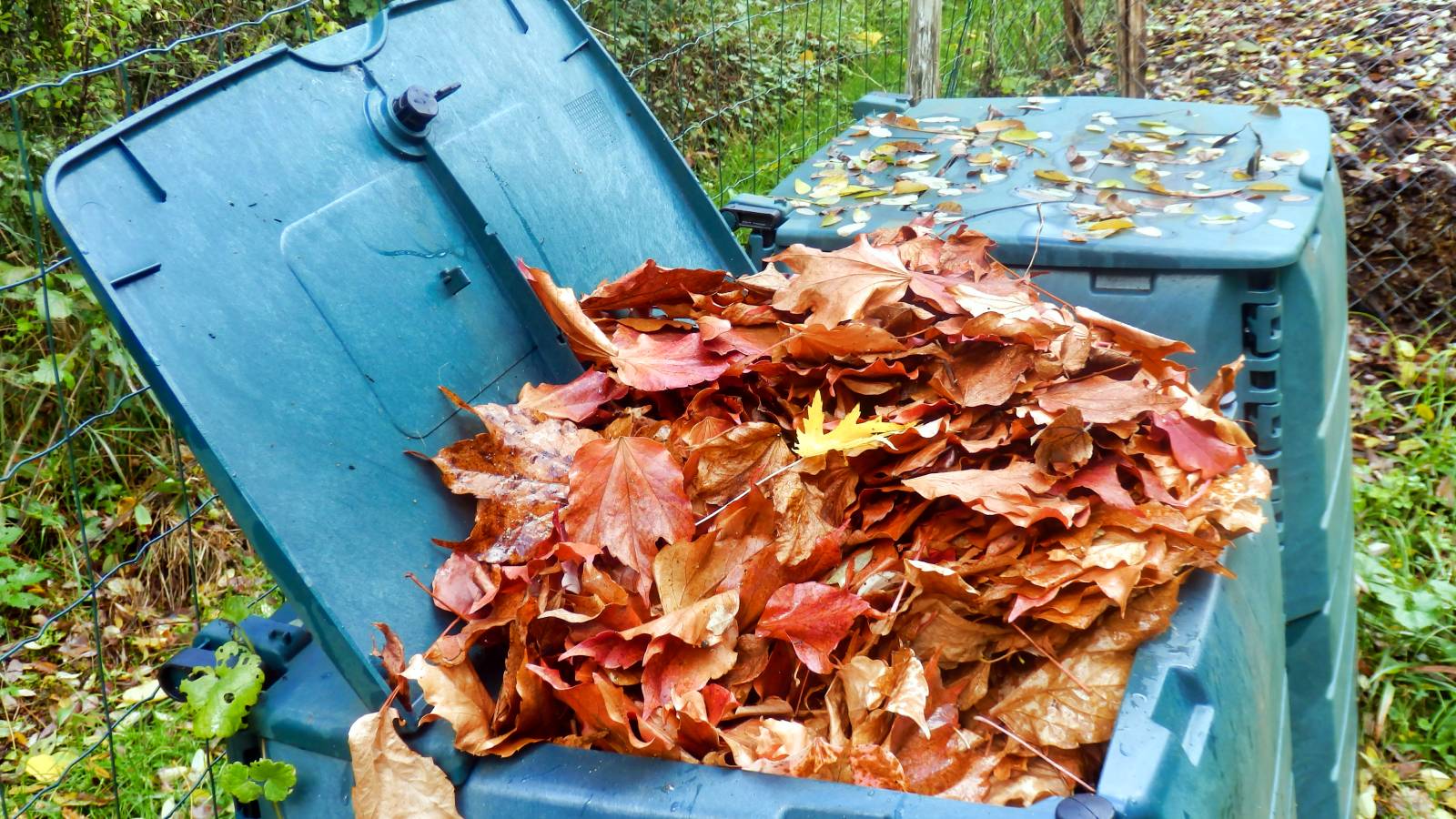

Don’t bag those leaves up in fall and ditch them to the curb. Try composting them instead. Leaf compost or leaf mold can enrich your garden. Those crunchy leaves, packed with potential, become nutrient-rich treasure with some time and effort. That earthy scent feels like a garden win.
Ever raked leaves into a heap of potential? Leaf compost and leaf mold turn that crisp leaf crunch into something special – rich soil boosters for your beds. A bit of composting makes it happen. Choose leaf compost for a nutrient kick or leaf mold for better dirt texture, and sustainable gardening becomes a breeze.
Leaves dropping fast? Leaf compost and leaf mold start with fallen leaves but deliver different garden wins. Compost feeds plants quick; leaf mold builds better soil over time.
What Is Fall Leaf Composting?
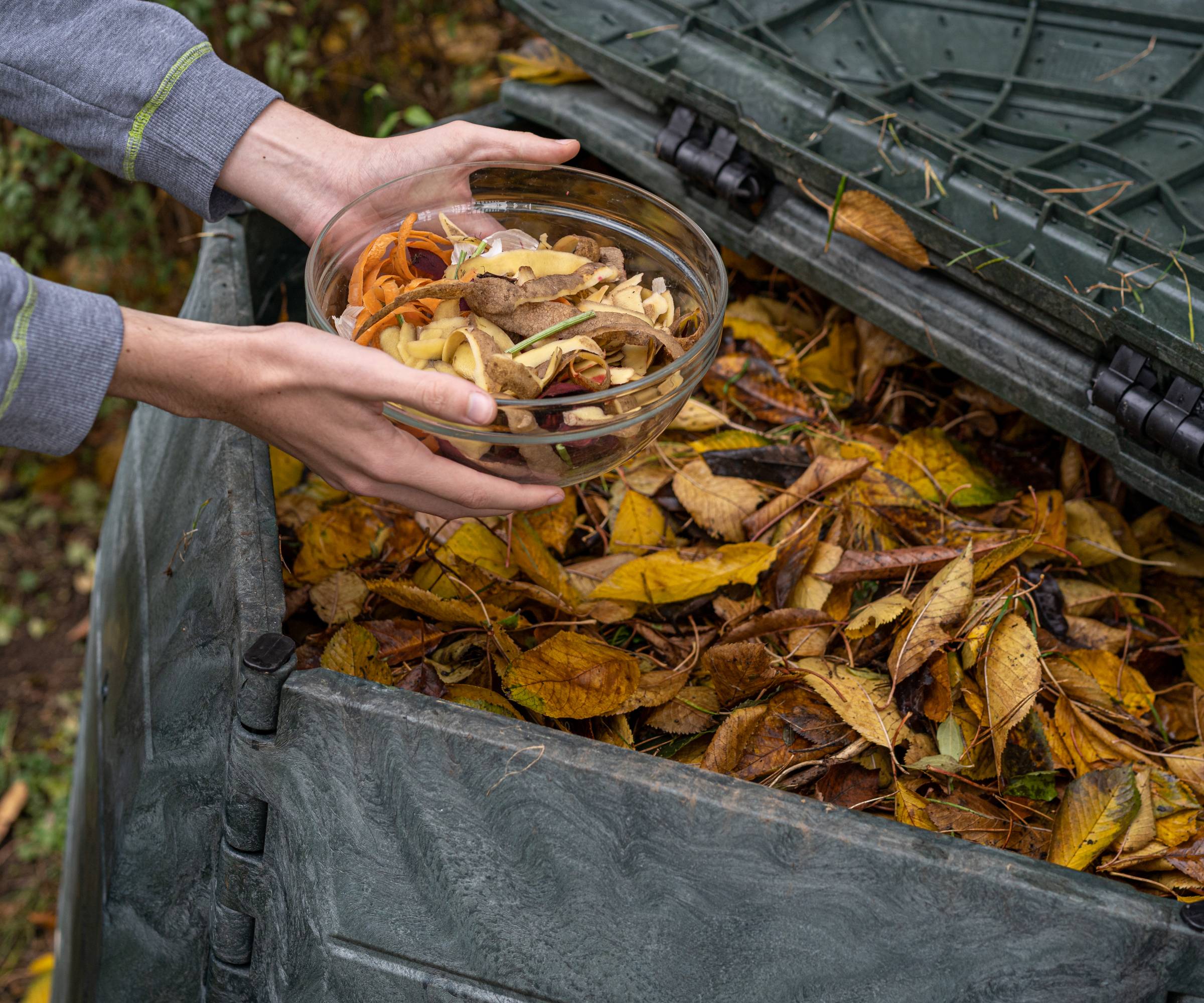
You’ll want to turn those fall leaves into a crumbly mix for your beds. Toss in some green scraps – say, veggie bits or fresh grass – for a balanced heap. Leaves bring carbon, and greens add nitrogen. Shred them with a mower to speed things up. Keep it moist, like a wrung-out sponge, and flip it monthly for air. A quick turn brings rich compost to your garden.
What Is Leaf Mold?
What is leaf mold? It’s decomposed leaves turned into a crumbly, fungal-rich soil amendment. Unlike compost’s beneficial bacterial buzz, leaf mold, also called leaf mold compost, counts on fungi for a slow, easygoing process. Stack leaves high, wet them, and let them sit. No greens, just time. A shady yard corner or a mesh bin does just fine. Letting time work crafts soil that holds water tight.
Comparing the Benefits
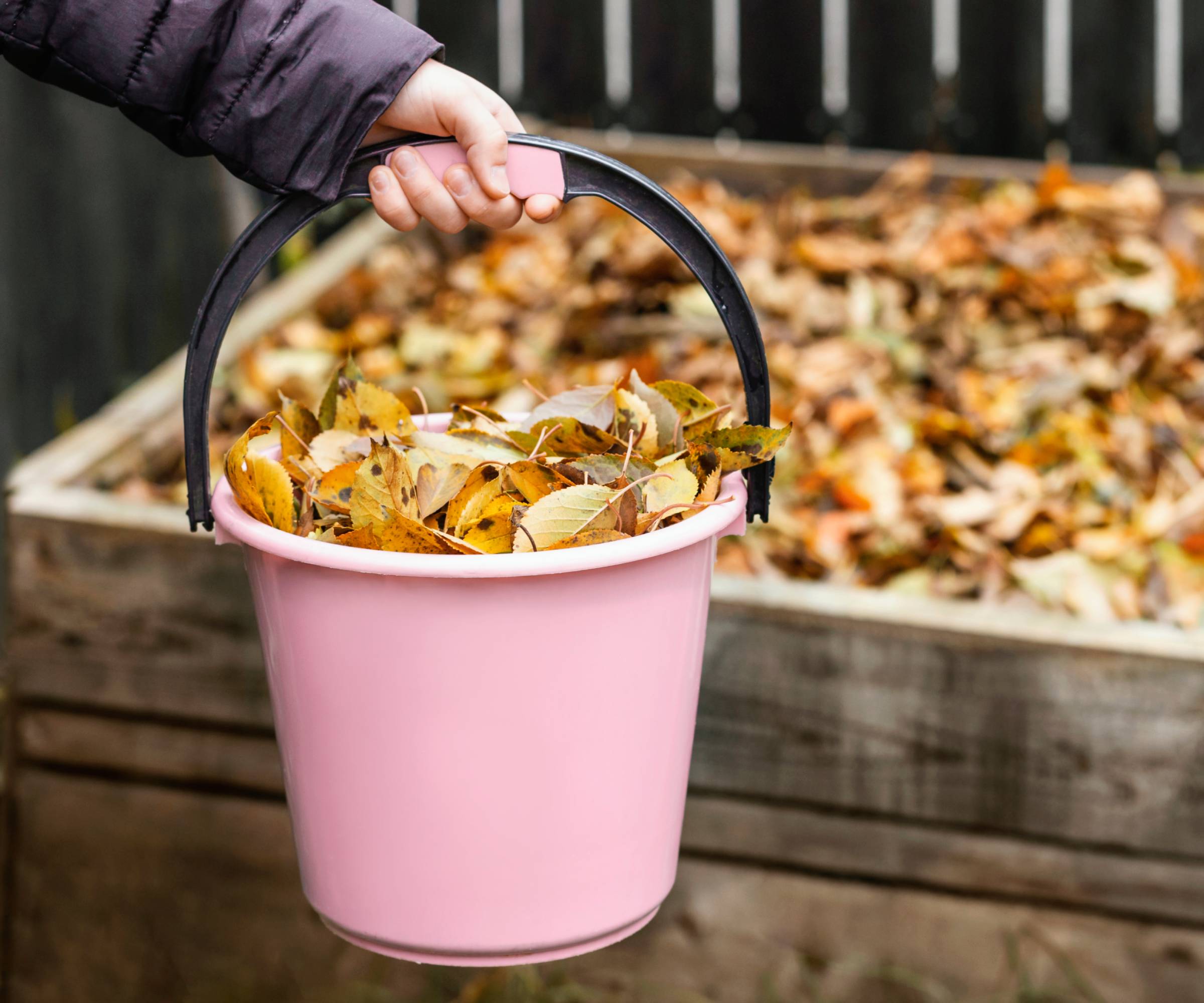
Nutrient Content
If you need a nutrient boost, leaf compost packs soil with nitrogen, phosphorus, and potassium. It fuels veggie rows or flower patches like a full meal. It certainly lifts fertility for hungry crops. Digging in that rich mix fuels plant growth fast.
Leaf mold skips the nutrient rush but shines for soil texture. It trickles nutrients slowly through fungal mycelea. Perfect for loosening dirt, it’s less about feeding plants. Mixing it in makes soil loose and workable.
Sign up for the Gardening Know How newsletter today and receive a free copy of our e-book "How to Grow Delicious Tomatoes".
Soil Improvement
Compost breaks up clay soils and holds water in sandy soils. It boosts drainage and brings microbes in for strong roots. Spread some compost on beds, and plants leap to life. A thin layer revives tired garden patches.
Leaf mold soaks up water – up to 500% its weight. It lightens heavy soils and firms up loose soil. Ideal for mulching or seed mixes, it keeps roots cozy. Spreading it creates fluffier, water-hugging dirt.
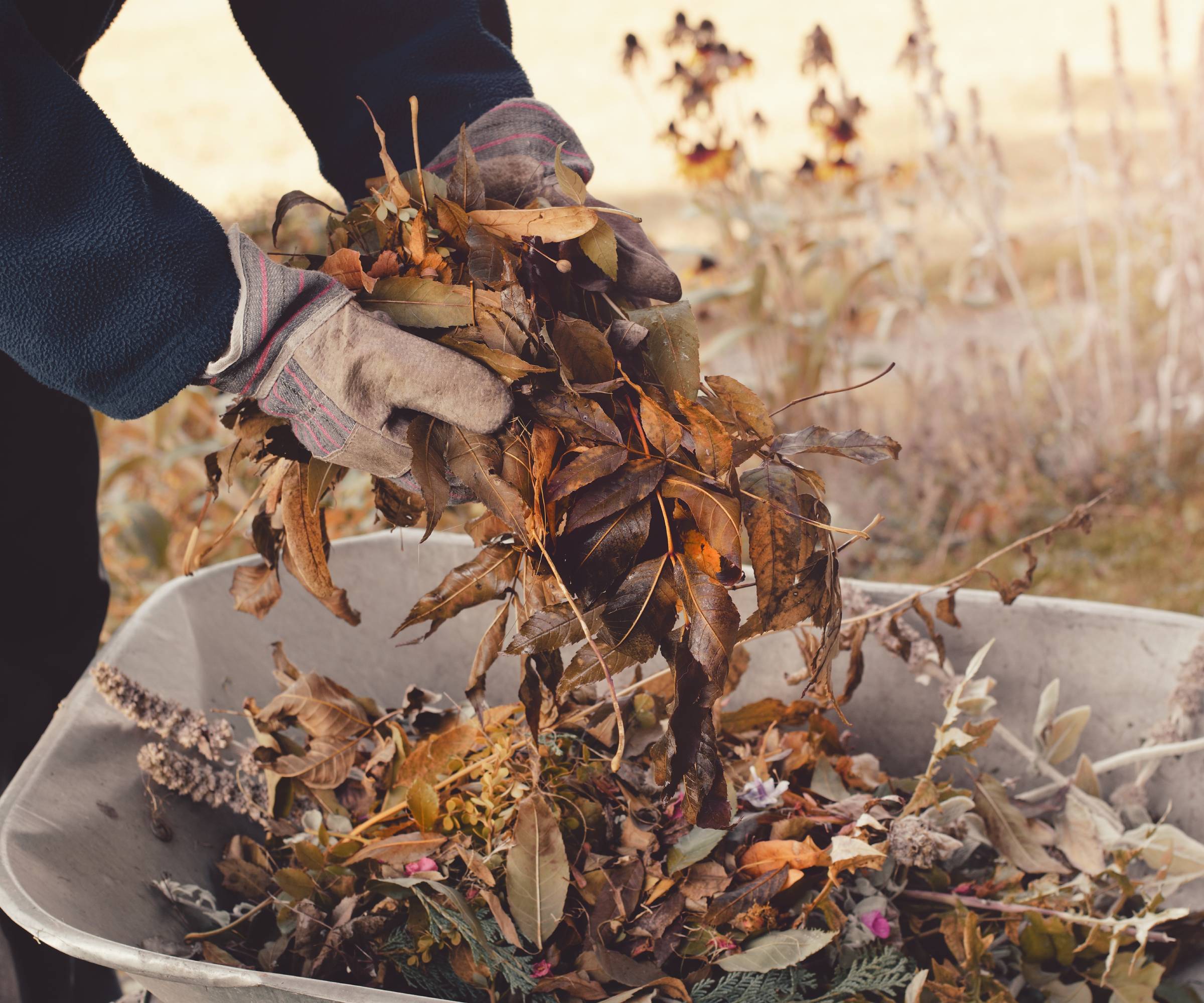
Ease of Production
Composting takes work – shredding leaves, mixing greens and browns, turning piles. Keep it moist and aerate often for a 6-12 month payoff. A compost tumbler, like this one from Amazon, cuts the effort. Regular turning churns out nutrient-packed soil.
Leaf mold should stay simple. Stack leaves, dampen them, and wait – 1-3 years. No mixing or flipping needed. A yard corner or basic bin, like this from Amazon, works fine. Letting time pass yields a fluffy soil booster.
Best Applications
Compost powers up tomatoes, roses, or lawns. It blends into planting holes or spreads as topdressing. Digging it in sparks quick plant growth.
Leaf mold shines as mulch for shrubs, perennials, or thirsty beds. It crafts gentle seed-starting mixes for new sprouts. Spreading that flaky mix keeps roots hydrated.
When to Use Compost vs. Leaf Mold
Got veggie rows or lawns? You’ll want to spread leaf compost for a nutrient lift. It suits heavy feeders like squash or marigolds. Lay down 2-3 inches (5-7.5 cm) on beds or blend with soil for pots. Mixing it in drives a thriving garden.
Are your leaves chopped fine? Make sure to use leaf mold for mulching shrubs, perennials, or roses. It improves clay or sandy soils, holding water for roots. Stir it into seed-starting mixes for tender sprouts. Spread 2-4 inches (5-10 cm) as mulch or mix with soil. A layer locks in moisture for healthy beds.
Leaf compost and leaf mold transform that raked pile’s crisp scent into soil that makes beds thrive – pick one and start raking.
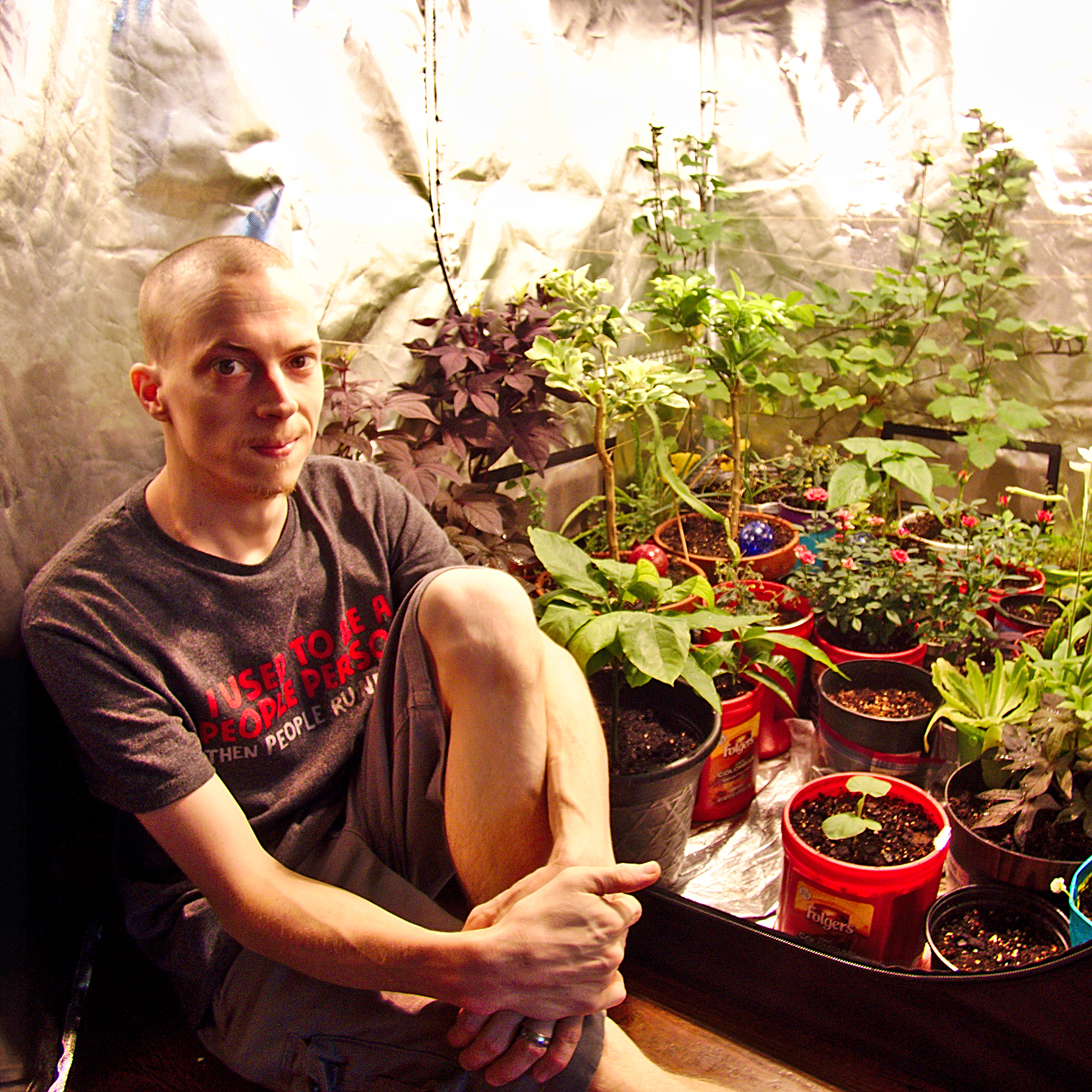
Tyler’s passion began with indoor gardening and deepened as he studied plant-fungi interactions in controlled settings. With a microbiology background focused on fungi, he’s spent over a decade solving tough and intricate gardening problems. After spinal injuries and brain surgery, Tyler’s approach to gardening changed. It became less about the hobby and more about recovery and adapting to physical limits. His growing success shows that disability doesn’t have to stop you from your goals.